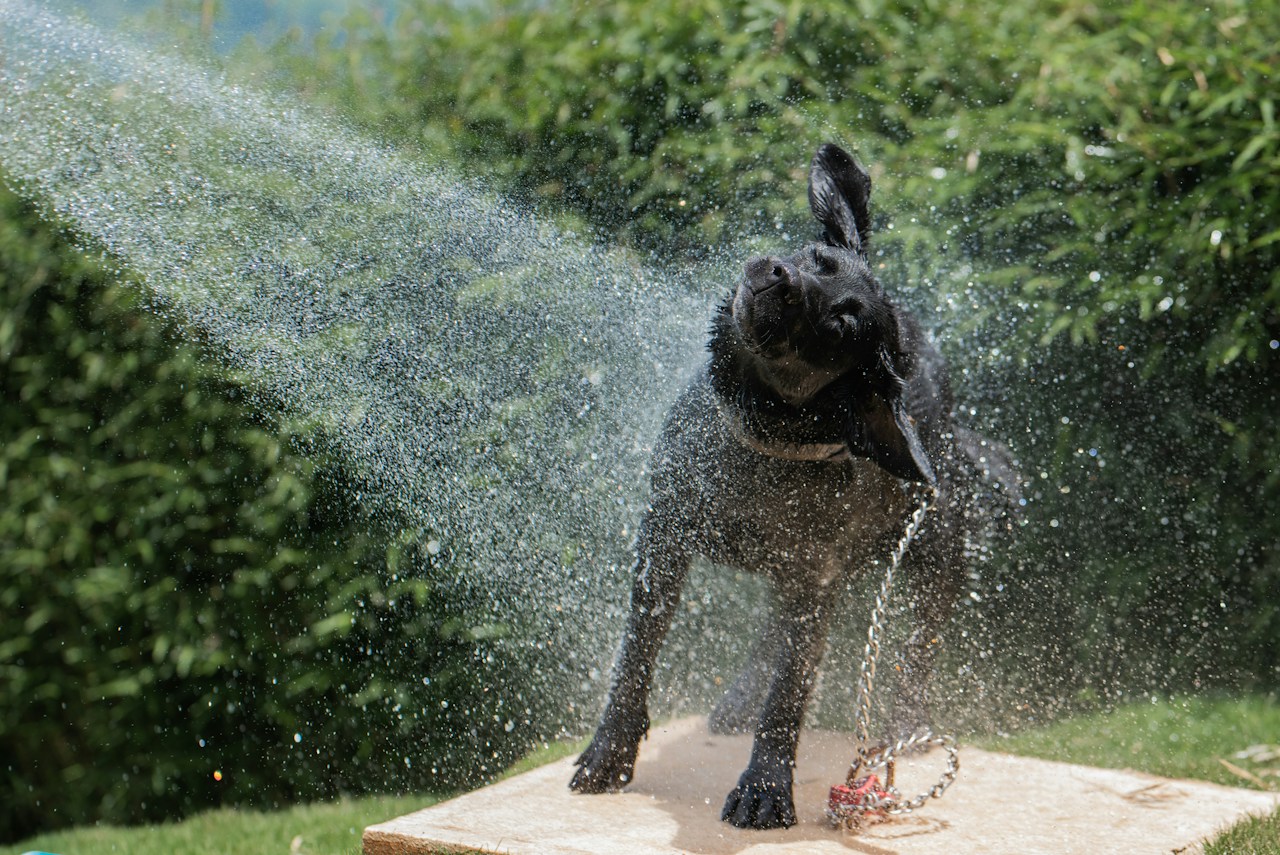Cancer is a disease that affects many dogs every year, and it has become one of the top causes of canine death today. There are many different types of cancer, and not all of them are fatal. Because they will all be malignant tumors, it is critical to understand how to diagnose them and begin appropriate therapy. Symptoms of cancer in dogs vary depending on their location. However, we should always visit a veterinary facility so that the location and prognosis may be confirmed.
you may be interested: Dog ate tampon. What should i do? Is it dangerous for my dog to eat a tampon?
Symptoms of cancer in dogs. External tumor clinical signs in dogs
A significant portion of cancer in dogs will be detectable through physical examination. These will primarily be skin cancers. We will discover masses on the skin or under the skin. These tumors can be more or less adherent, have a smoother or rougher surface, be ulcerated or not, and be of varying sizes.
Tumors will appear in the perianal area, such as hepatocarcinoma, in the testes, such as Sertolinomas, in the mammary glands, in the mouth, ears, and subcutaneous lipomas, or throughout the skin surface, such as mast cells or histiocytomas. We can discover them simply by glancing at and feeling our dog regularly.
The veterinary check-up, on the other hand, includes a thorough examination that also serves to detect cancer with these manifestations. Because, while we detect them at home, it will be veterinarians who confirm the diagnosis through mass samples.
Clinical signs of internal tumors in dogs
Cancer has the same effect on internal organs. The spleen and liver are the most frequently affected. On the other hand, both the liver and the lungs, particularly the latter, are frequently affected by metastasis. Cancer can begin in one part of the body and spread to other parts.
Tumors in internal organs are not visible from the outside, so the diagnosis may come at a late stage of the disease. Weight loss, apathy, vomiting, diarrhea, ascites, pale mucous membranes, dyspnea, weakness… are all symptoms that should raise our suspicions.
Cancer is also more common in older dogs. That is why it is critical to not only go to veterinary check-ups but also to explore it at home regularly. Routine annual exams should begin around the age of seven. A checkup and, at the very least, a blood test are recommended.
Common Symptoms of cancer in dogs
Because there are several different types of cancer, the symptoms can also vary depending on the type of cancer you have. That is why we must consider not only what we can or could see with our eyes, such as external masses, but also the systemic symptoms that our pet may externalize. These are just a few examples:
- Unjustified exhaustion and fatigue
- Unjustified weight loss
- Lack of appetite, loss of appetite
- Fall of the mood
- Obvious symptoms such as the possible masses mentioned above.
If we notice one or more of these symptoms in our dog, we should take him to a veterinarian for a thorough examination and a possible diagnosis of a tumor, as the symptoms can be very nonspecific at times.
How to prevent cancer
Cancer cannot be avoided in the majority of situations. It is a situation in which cells begin to multiply uncontrollably as a result of an external trigger.
Depending on the type of cancer, there will be some things we must do or avoid for this condition to not appear or to be delayed as long as possible.
Preventing our dog from being exposed to the sun during peak hours and for extended periods will reduce the likelihood of squamous cell carcinoma, particularly those with white layers, as much as possible.
Above all, and most importantly, we should consult a veterinarian if we notice any symptoms. Early detection is half the battle won. Nobody will tell you whether or not your dog has cancer over the internet because precision medical tests are required.


